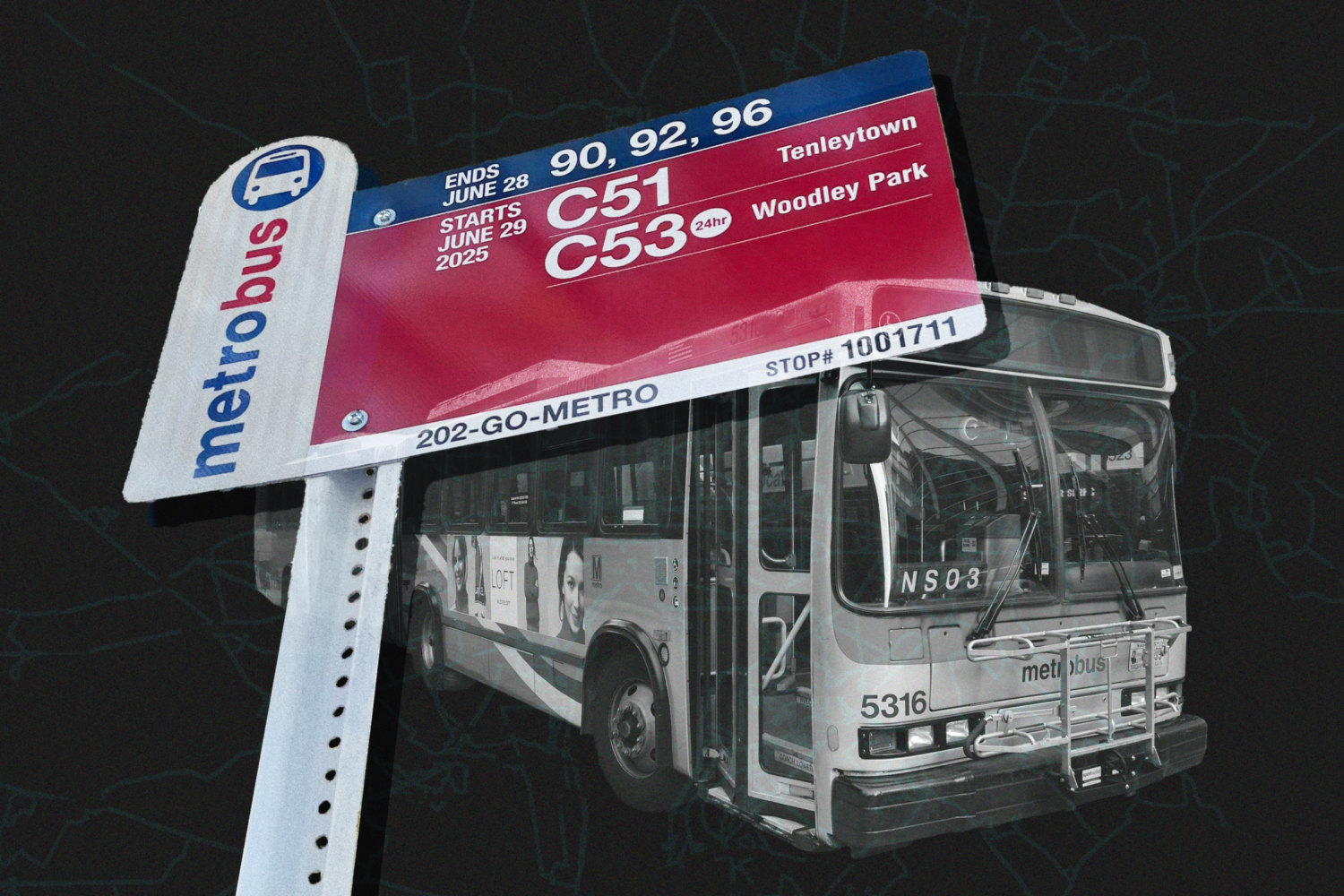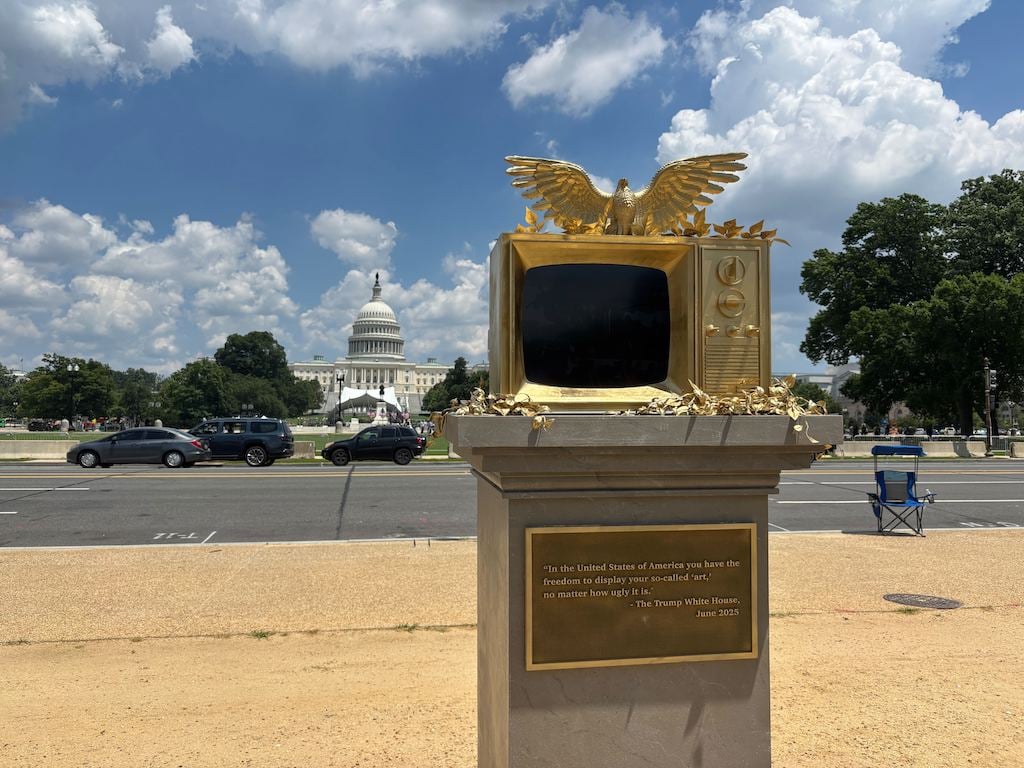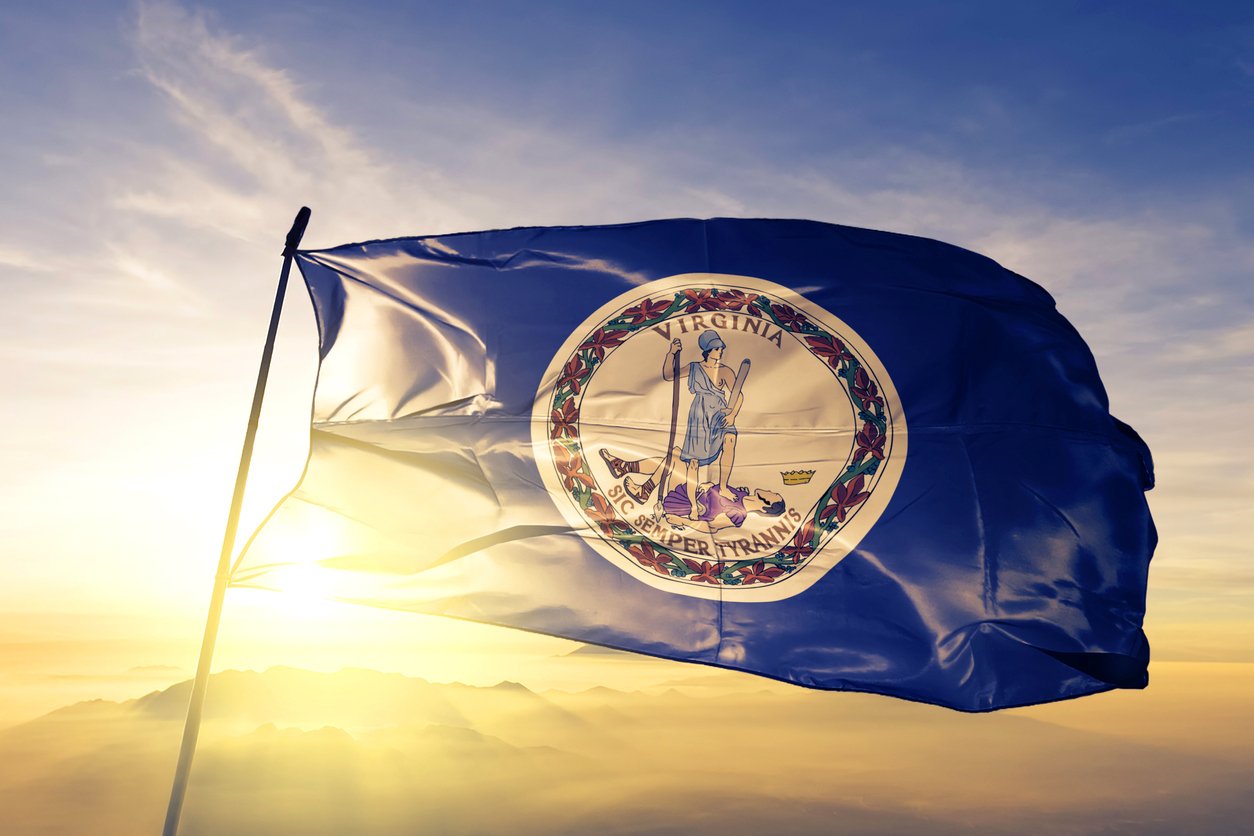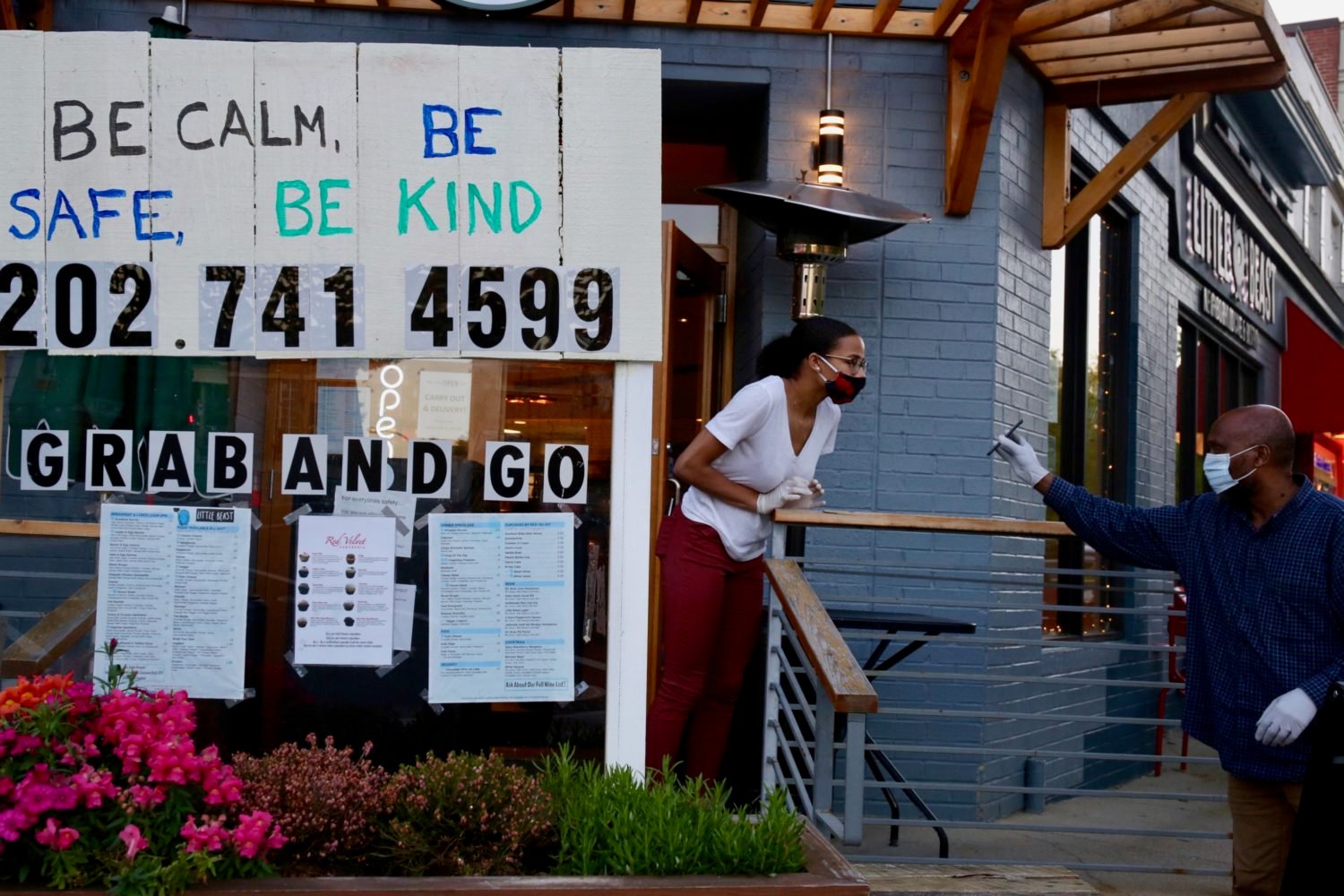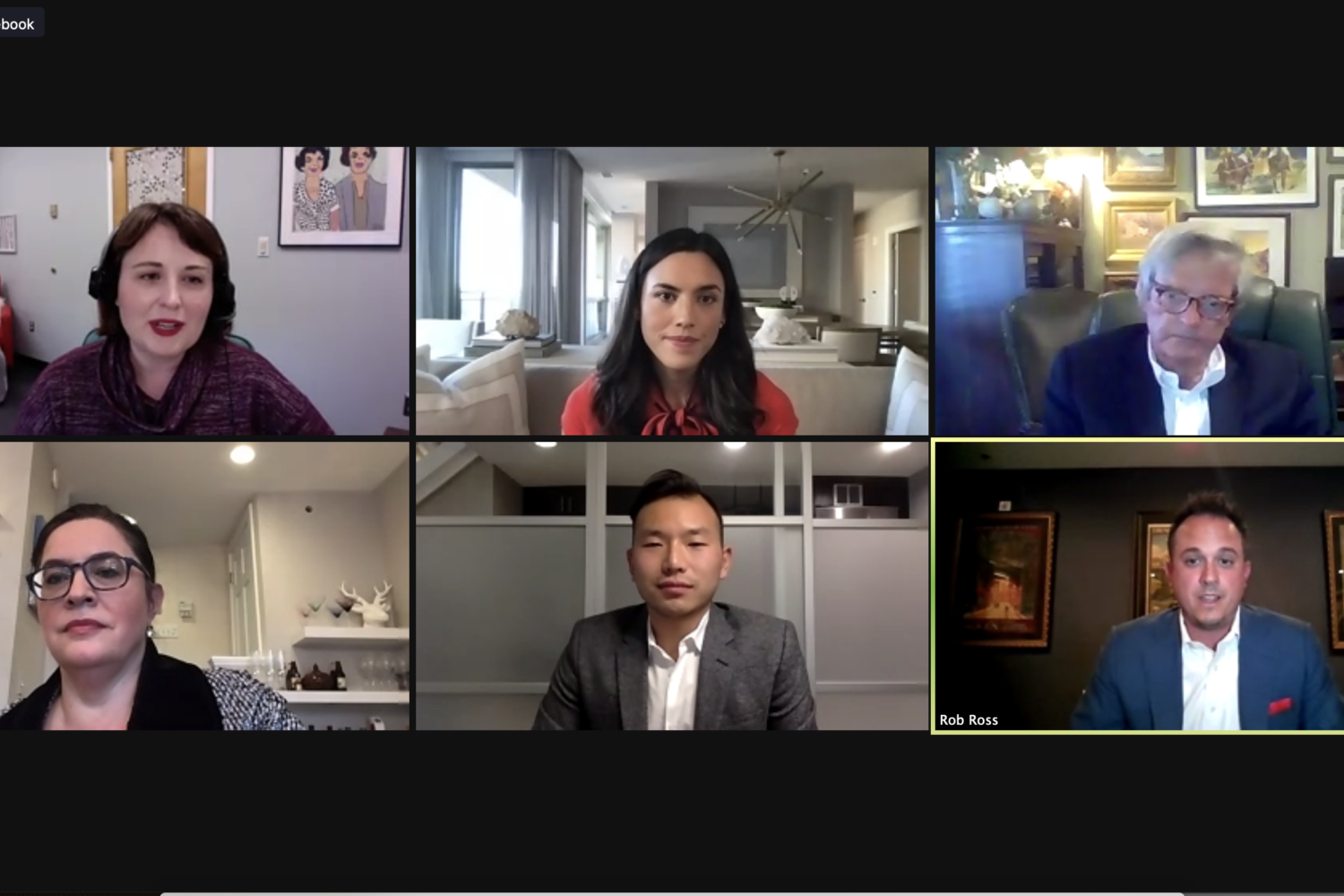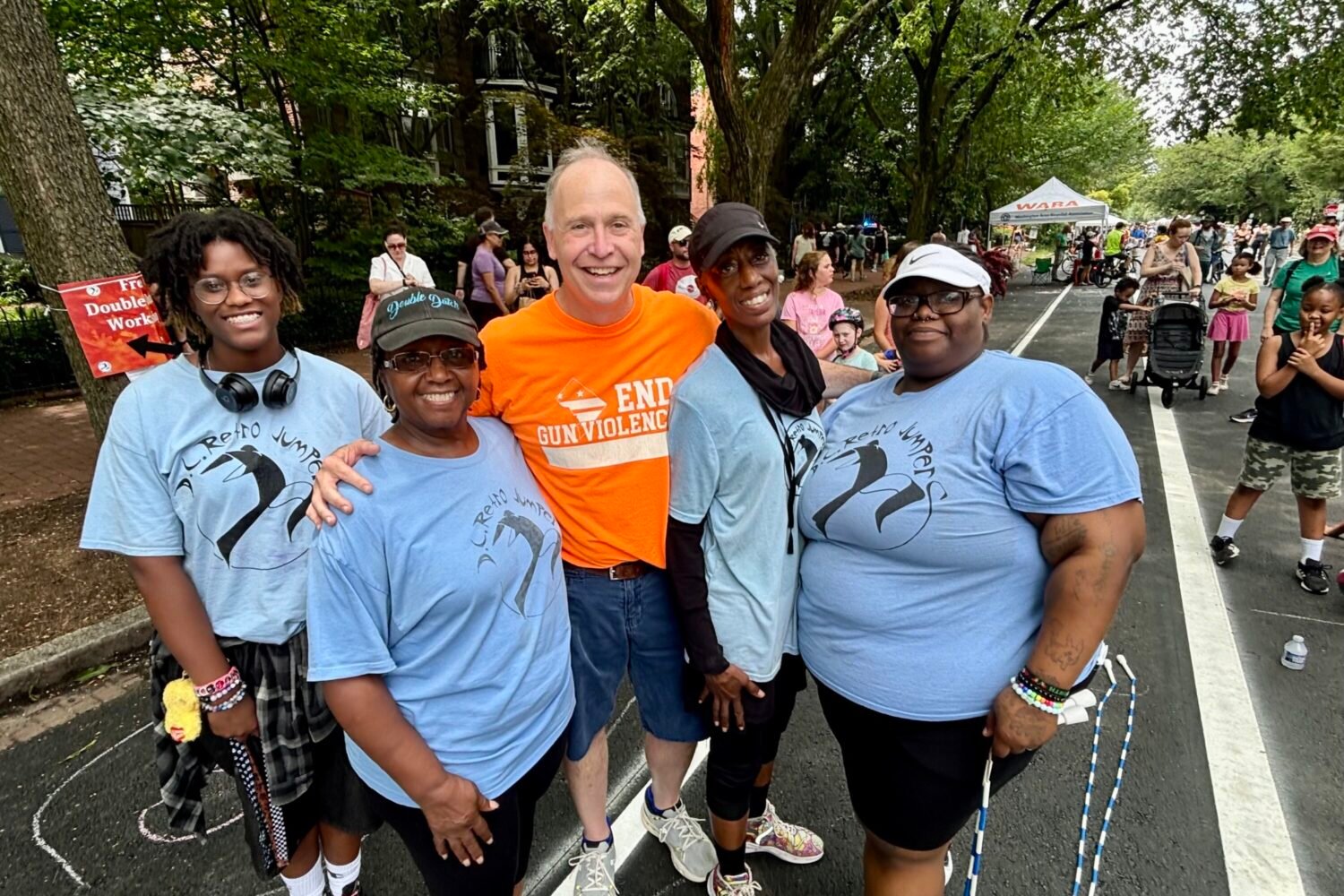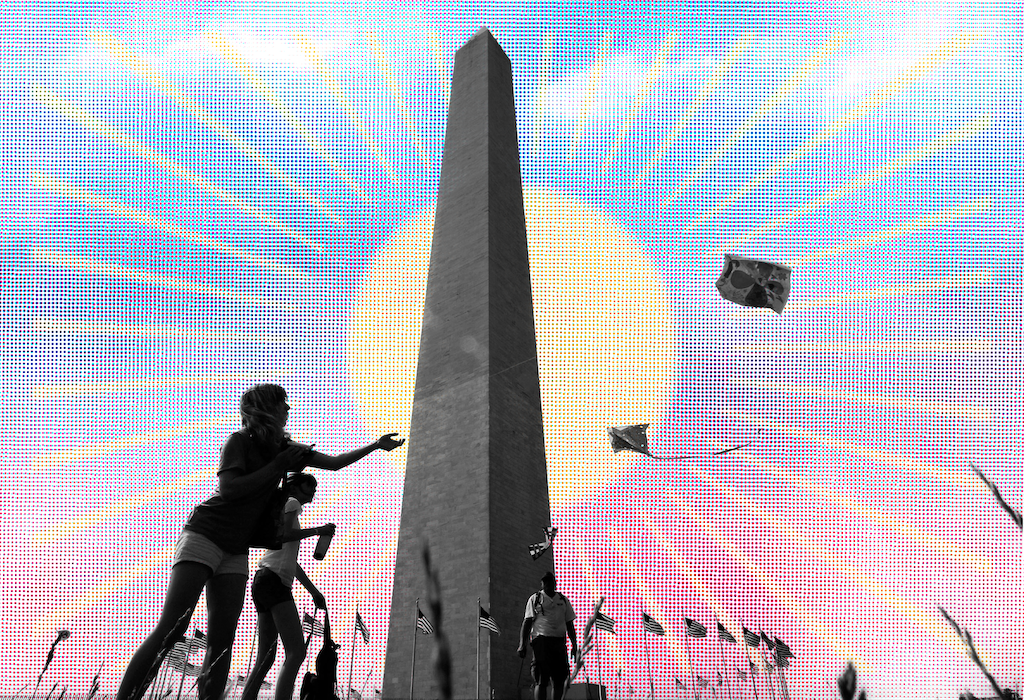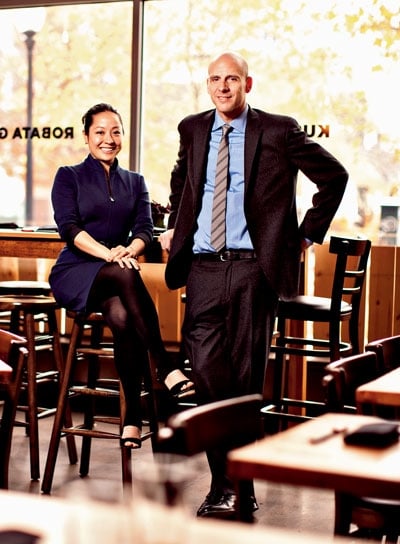
Until recently, Washington had almost no midrange restaurants with really interesting—or really good—food. They’ve started to arrive, mostly in the form of wine bars, small-plates spots, and pizzerias. This year brought one groundbreaking departure: Kushi.
The restaurant, in DC’s Mount Vernon Square neighborhood, isn’t the casual sister to a fancy flagship or the second act of a chef with a big reputation. In fact, few people had heard of chef/co-owner Darren Lee Norris, who had worked at the Oval Room, Red Sage, and Ridgewells Catering. Before Kushi opened in March, Washington had never seen an izakaya, a popular pub-like watering hole in Tokyo where twentysomethings knock back sake shots.
Kushi upends many expectations of a Japanese restaurant: In place of a meditative hush is loud indie rock; instead of kimono-wrapped waitresses, servers wear jeans and T-shirts; and there are concrete floors, not tatami mats. The restaurant’s energy radiates from its centerpiece—a 30-seat, U-shaped grill where chefs turn meat-and-vegetable skewers (kushiyaki in Japanese) over charcoal and wood.
Norris visits Tokyo yearly with his Japanese wife, Ari, a co-owner and the artistic mind behind the layout; there, he says, sushi and skewers are never under the same roof. But because izakaya was such a new concept to Washington, “sushi was a way to get people in the door,” Norris says. Not that it’s a toss-off: He has fish shipped in daily from Japan and serves rarely seen delicacies such as uni in its shell and live sea scallop.
Customers have caught on quickly: Norris says that on slow nights he serves 300 people. And he isn’t done bringing us new ideas: He’s looking for a space to dish out house-made soba—Japanese buckwheat noodles—in curried soups with pork belly, for example, and in dishes with duck and vegetables. He’ll also have kaiseki (similar to a tasting menu) and a 30-seat counter like Kushi’s setup.
With the success of Kushi, Darren Norris has sent a message to restaurateurs with plans in the works: Think outside the box.
This article first appeared in the January 2011 issue of The Washingtonian.

